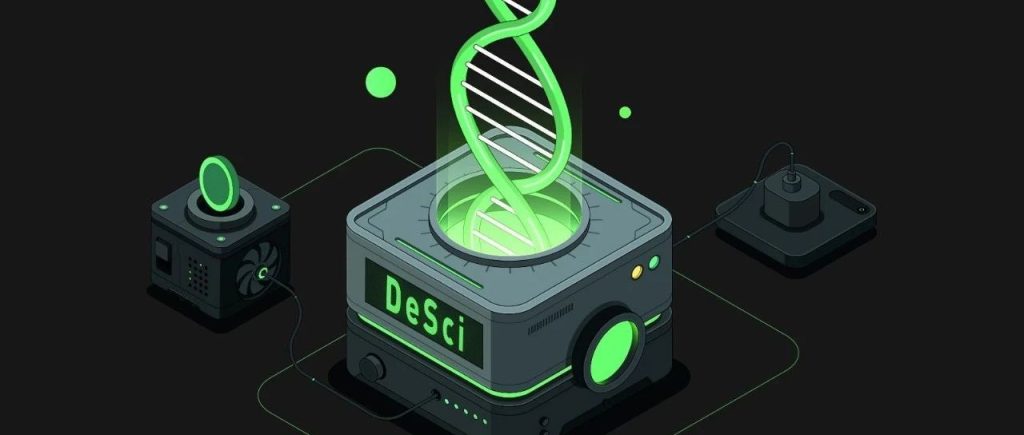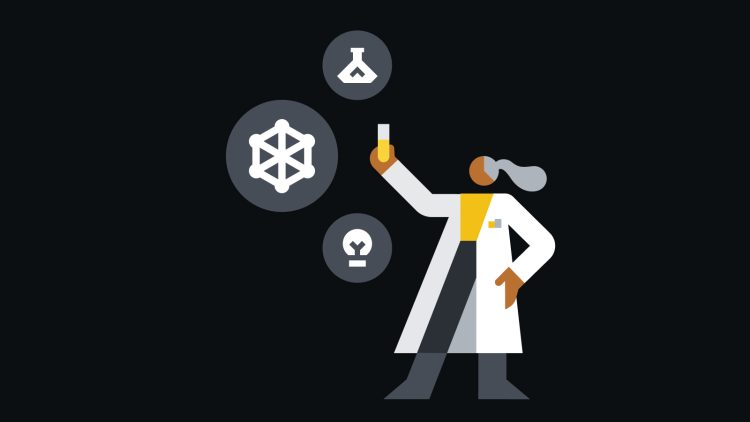Before diving into blockchain technology, it’s crucial to understand the concept of decentralization—one of the most fundamental principles that makes blockchain so powerful and innovative. In this section, we’ll explore what decentralization means, how it works, and why it is so vital for blockchain to function in the way it does.
1. What is Decentralization?
At its core, decentralization refers to the distribution of authority, control, or data across multiple points, as opposed to being concentrated in a single entity or institution. In a decentralized system, there is no central authority—like a bank, government, or corporation—holding the power to make decisions or control the flow of information. Instead, power and responsibility are spread out among various participants, often called “nodes” in the context of blockchain.
In more traditional systems, decisions and data are typically managed by a central authority, such as a central bank managing monetary policy or a company controlling user data. However, in a decentralized system, no single entity has full control over the network, and decisions are made collectively by all participants.
A simple analogy would be comparing a centralized system (like a traditional bank) with a decentralized system (like blockchain). In the traditional banking system, a central authority (the bank) controls all transactions and records. In contrast, in a decentralized system like blockchain, transactions are verified and recorded by a network of independent participants, ensuring transparency and trust without the need for a central figure.
2. The Importance of Decentralization in Blockchain
Decentralization plays an integral role in how blockchain works and why it offers a level of security, transparency, and trust that traditional systems cannot provide. Here are some key reasons why decentralization is so critical for blockchain:
2.1 Enhanced Security
One of the most significant advantages of decentralization in blockchain is increased security. In a decentralized network, data is distributed across multiple nodes, and each piece of information is cryptographically secured.
- Data Integrity: Because no single entity controls the entire system, it’s nearly impossible for one party to tamper with or alter the data without the consensus of the network. Altering a record would require changing it on every copy of the blockchain, which is computationally infeasible.
- Resistance to Attacks: Decentralization makes blockchain more resistant to single points of failure. In traditional centralized systems, a hacker might target the central server or database to compromise the system. However, in a decentralized blockchain, even if one node is compromised, the overall system remains intact because all other nodes have the same copy of the ledger.
2.2 Increased Trust and Transparency
Blockchain’s decentralized nature fosters trust and transparency. In a centralized system, users must trust the central authority to act fairly and honestly. For example, users trust that banks will handle their money properly. However, history has shown that centralized authorities are often subject to corruption, fraud, or human error.
In contrast, with blockchain:
- Trustless Environment: Transactions are verified by the network itself, not by a trusted third party. This means participants don’t need to trust any single entity, but rather trust the system’s built-in rules and protocols.
- Transparency: Every transaction on a blockchain is publicly recorded on a transparent ledger, visible to all participants. Once a transaction is added to the blockchain, it cannot be altered or deleted, creating an immutable record. This transparency ensures that all actions on the network are auditable and traceable.
2.3 Reduced Intermediaries and Costs
Traditional centralized systems often require intermediaries to verify transactions or facilitate exchanges. For instance, in financial transactions, banks or payment processors act as intermediaries. These intermediaries introduce fees, delays, and potential bottlenecks into the system.
In a decentralized blockchain network, intermediaries are no longer necessary. The network itself validates transactions using consensus mechanisms (such as proof of work or proof of stake). This direct peer-to-peer system allows for:
- Lower Transaction Costs: Without intermediaries, transaction fees are reduced or eliminated.
- Faster Transactions: Decentralized systems can process transactions more quickly because they don’t rely on a central authority to approve or verify each action.
2.4 Decentralized Control and Autonomy
With decentralization, users are empowered with control over their own data and assets. Instead of entrusting a centralized authority with their personal information or financial assets, users on a blockchain network retain ownership and control.
- Financial Autonomy: Cryptocurrencies like Bitcoin and Ethereum allow users to send and receive digital currency directly, without needing a bank as an intermediary. This decentralization gives people more autonomy over their own finances and removes the need for traditional financial institutions.
- Self-Sovereign Identity: Blockchain can enable users to have full control over their digital identity. In a decentralized identity system, individuals can verify their identities without relying on a central authority, such as a government or corporation, to do so.
2.5 Innovation and Disruption
The decentralization of blockchain encourages innovation and the creation of new business models. Traditional systems are often rigid and hierarchical, which can stifle innovation. Decentralized systems, on the other hand, open the door to creativity and new possibilities, such as:
- Decentralized Finance (DeFi): Blockchain enables decentralized financial services like lending, borrowing, and trading, which operate without the need for traditional financial intermediaries.
- Smart Contracts: Blockchain allows for the creation of self-executing contracts that automate and enforce agreements without third-party intervention.
- Distributed Applications (dApps): Decentralization empowers the creation of applications that run on peer-to-peer networks, further reducing the reliance on centralized entities like tech giants (Google, Facebook, etc.).

3. Examples of Decentralization in Action
To better understand how decentralization works in the real world, here are a few notable examples of decentralized systems in blockchain:
- Bitcoin and Cryptocurrency Networks:
Bitcoin, the first and most well-known cryptocurrency, operates on a decentralized network of nodes that verify and secure transactions. There is no central authority (like a bank) controlling Bitcoin’s supply or transaction rules. Instead, miners and users collectively maintain the network’s integrity. - Ethereum and Smart Contracts:
Ethereum is a decentralized platform that allows developers to build and deploy smart contracts and decentralized applications (dApps). These smart contracts automatically execute actions based on predefined conditions, without needing any central authority. - Decentralized Finance (DeFi) Platforms:
DeFi platforms like Uniswap, Aave, and Compound allow users to lend, borrow, and trade assets directly with one another, using blockchain technology to ensure transparency, security, and efficiency—without the need for traditional banks. - Filecoin and Decentralized Storage:
Filecoin is a decentralized storage network where users can rent out unused storage space or access storage services. Data is distributed across multiple nodes, making it more secure and censorship-resistant compared to traditional cloud storage providers.
Conclusion
Decentralization is not just a technical feature of blockchain; it is the driving force behind its transformative power. By distributing control and decision-making across a network, decentralization enhances security, reduces reliance on intermediaries, increases transparency, and empowers users. It fosters a trustless environment where individuals can engage in transactions or share information without needing to trust a central authority.
As blockchain continues to gain adoption across industries—from finance and healthcare to supply chains and governance—decentralization will remain a cornerstone of its value proposition. It’s this very decentralization that positions blockchain to disrupt existing systems and create new, more efficient, and equitable solutions for the future.
















































